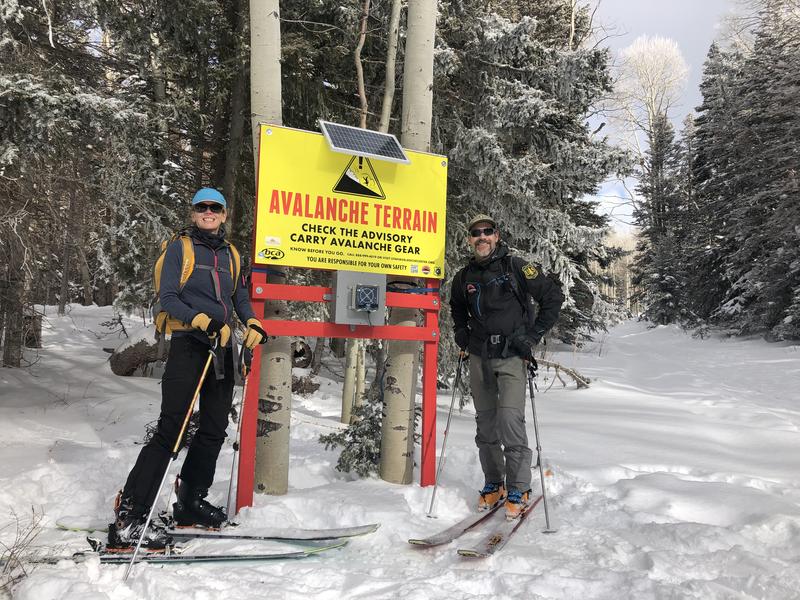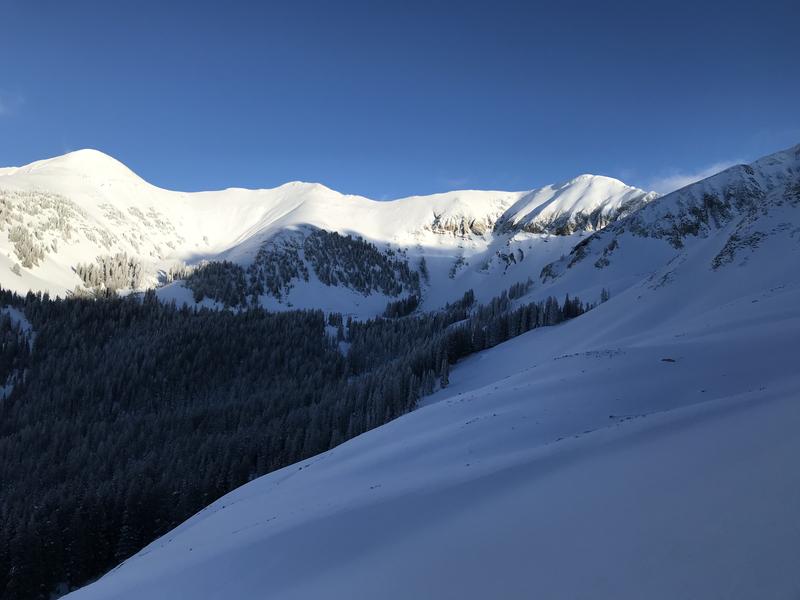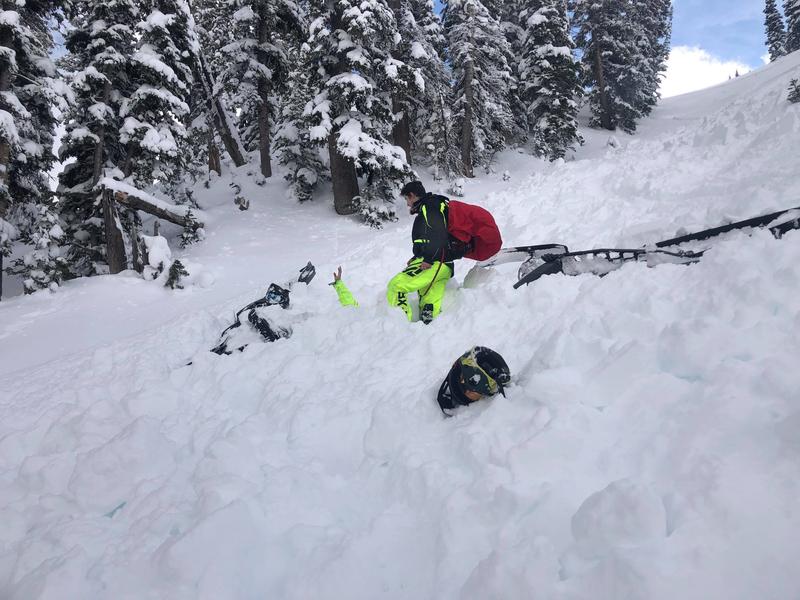Forecast for the Moab Area Mountains

Issued by Eric Trenbeath on
Thursday morning, December 12, 2019
Thursday morning, December 12, 2019
The avalanche danger is generally LOW and mostly stable snow conditions exist. Isolated areas of unstable, wind drifted snow may exist in upper elevation wind exposed terrain that faces NW-N-E. And though unlikely, it may also be possible to trigger an avalanche on a buried persistent weak layer on steep, northerly facing terrain.

Low
Moderate
Considerable
High
Extreme
Learn how to read the forecast here










